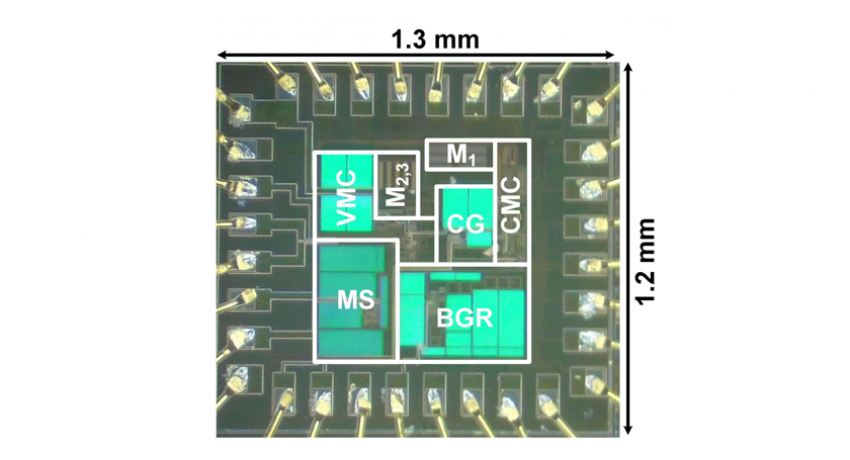Medical Device
Battery-operated medical devices implanted in human bodies have saved countless lives. A common implant, the cardioverter defibrillator, sends a jolt of electricity to the heart when needed, preventing a heart attack or heart failure. While patients’ lives are improved by this technology, if the device causes an infection or the battery needs to be replaced, more invasive procedures are necessary.
Mehdi Kiani is seeking a better solution. The assistant professor of electrical engineering in the School of Electrical Engineering and Computer Science at Penn State is making the implantable devices smaller, which decreases the chances of infection, and more powerful, eliminating the need to replace the battery.
“We’re developing novel wireless power transfer techniques and integrated power managements,” said Kiani. “We’re working to power these implantable devices wirelessly while keeping their size fairly small — about a millimeter and below, which is quite challenging.”
Kiani’s work, “An adaptive reconfigurable voltage/current-mode power management with self-regulation for extended-range inductive power transmission,” was presented at the Institute of Electrical and Electronics Engineers’ International Solid-State Circuits Conference (ISSCC) in San Francisco.
The conference, which has only a 30 percent acceptance rate from both industry and academia, is the foremost global forum for the presentation of advances in solid-state circuits and systems-on-a-chip. ISSCC offers a unique opportunity for engineers working at the cutting edge of IC (integrated circuit) design and application to maintain technical currency, and to network with leading experts.
Read the full news story here:
http://news.psu.edu/story/451802/2017/02/22/electrical-engineers-create-tiny-...

